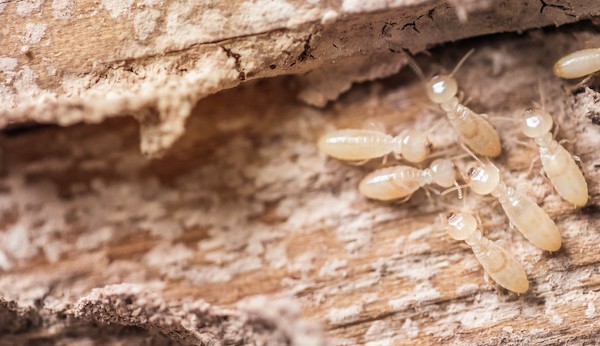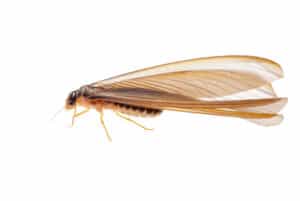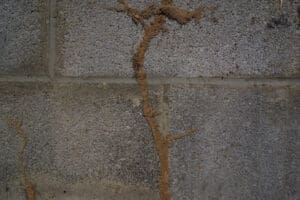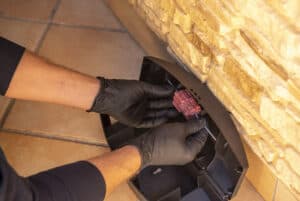Most homeowners don’t know what termites look like. And that’s not surprising, as termites spend most of their time hidden underground (there’s a reason why they are called subterranean termites). But clearly, it’s also a good idea to know what they do look like, so they if you spot them whilst digging in the garden or worse still find them in the house, you know you’ll need to call a pest professional immediately.
There are several different species of termites that cause damage to buildings, but generally speaking they all look similar. There are three main types of termites (or castes) that are found within a termite nest, that homeowners may spot around the home and garden – workers, soldiers and reproductives (flying termites).
Termite workers
Termite workers are the termites that do all the damage, chewing wood to take back to the nest. Workers are a pale white or cream colour. They look a bit like ants, which is why some people call them “white ants”, but termites are actually more closely related to cockroaches than ants.
Here’s how to tell the difference between a termite and an ant
Termites:

- Pale white / cream colour
- Straight antennae
- No eyes (they are blind)
- Appear to have two body segments
Ants:

- Dark coloured (various browns and black)
- Antennae with an obvious bend or “elbow”
- Obvious eyes
- Have three obvious body segments with a narrow “waist”
Termite soldiers

Termite soldiers are the defenders of the colony. They look different to the workers in that they have darker heads and modified jaws to provide defence. Mostly, the jaws are bigger and more obvious, but in some species they are modified to provide a different type of defence. For example, the Nasutitermes termites have jaws that have fused into a snout which ejects a defensive spray.
Soldiers only constitute 5-10% of a mature colony, so they are not seen too often, except if you break open one of their mud tubes, a feeding sites within the wood or nest itself – the soldiers are the first to arrive to defend the breach.
Flying termites

Flying termites or alates are the reproductive termites – the new kings and queens which leave the colony each year, looking to find a mate and start a new nest. They leave in termite swarms once a year, normally on a humid evening in spring or summer.
Once they land, their wings fall off, they pair up and move off to find a potential place to start a new nest.
Flying termites v Flying Ants
Flying termites are little more difficult to tell apart from flying ants, than it is to tell worker termites from worker ants, as the flying termites are typically brown in colour and have eyes (like a lot of flying ants). However, like the worker termites, flying termites have straight antennae and no obvious waist, whilst flying ants have bent antennae and obvious waists. There are also difference in the wings, but this may be harder to spot. Flying termites have two pairs of wings both the same length, whereas although flying ants also have two pairs of wings, one is shorter than the other.
If you spot flying termites around your home, you should call a pest professional immediately, as it means there is a large termite nest nearby, maybe even in your house!
If you think you have spotted termites in your garden or yard, please give us a call at Go Pest to book a termite inspection. When it comes to protecting your home, you really don’t want to take any chances.



